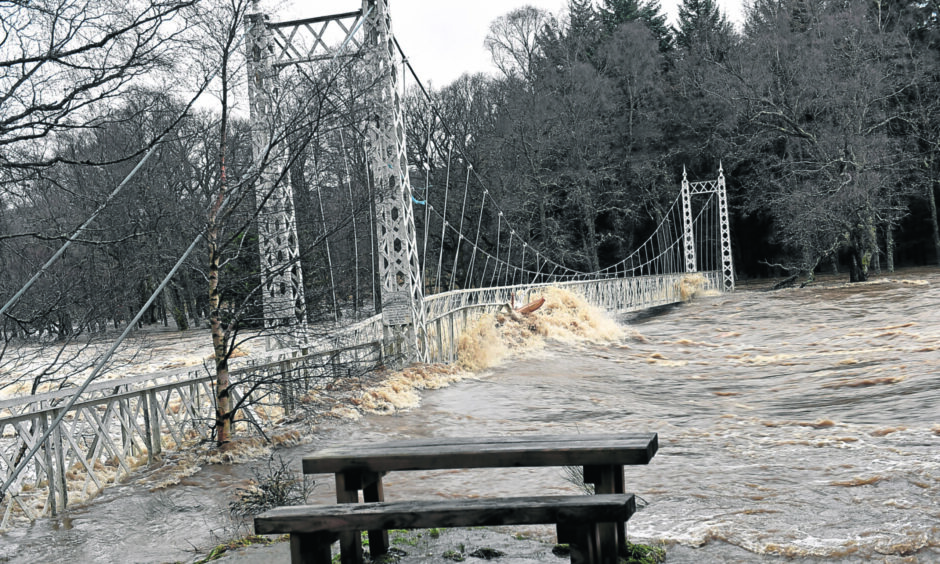
When Storm Frank arrived in Scotland on December 29, 2015, it caused millions of pounds worth of damage and widescale devastation, with severe flooding all across the country.
One of the worst-hit regions by far was Deeside.
Communities like Ballater and Braemar were left flooded or cut off, as the rising levels of the River Dee swept through homes and businesses alike.
Roads were ripped apart, bridges were severely damaged, and riverbanks were washed away.
Seven years on from the dreadful storm — which raged from December 29 through 30 — much of the damage to properties, roads and infrastructure has been repaired, but communities are still reeling from its effects.
However, it wasn’t just people who were affected by Storm Frank.
The extreme weather event and subsequent storms in the following weeks caused a great deal of upheaval for the natural environments of Deeside as well… but it wasn’t all negative.
Storm Frank’s impact on the nature and ecosystems of Deeside
When Storm Frank arrived in Deeside, it brought a month’s worth of rainfall to the region in just one day.
The resultant flooding was described as a one-in-500-year event, and it significantly changed the natural landscapes of the area.
One of the regions where the most dramatic changes took place was around the Mar Lodge Estate, west of Braemar.
The River Quoich, a tributary for the River Dee that flows through the estate, was so badly flooded that after the water levels went back down, it was flowing along a completely different course.
This caused problems for the estate managers, as a bridge which had previously taken hillwalkers over the waterway from the Linn of Quoich car park was left in the wrong place, resulting in a £500,000 project to replace it.
But Shaila Rao, conservation manager at the estate, said the impacts of Storm Frank have had a silver lining for nature.
With the Quoich river taking a new meandering route to the River Dee, new habitats have been created for important species of plant, bird, and insect.
Before Storm Frank in 2014, the number of breeding wading birds on the flood plain west of Braemar was around 40, but by 2017, that figure had increased to more than 82 pairs in total.
Shaila said: “We had a lot of impact in terms of infrastructure.
“Lots of tracks were badly damaged, and fences came down.
“But I think in terms of the nature side of things, I suppose there were quite a lot of positives from it.
“What happened with the Quoich is a typical example in terms of it changing course and forging new channels, that is kind of what a river should be doing in a natural system.”
She explained that such changes to river systems can “be quite important for certain plant species and invertebrates in particular”, because it “opens up new varieties and types of habitats available”.
Trees that ended up in waterways following Storm Frank have aided nature
Although a number of very old trees, known as granny pines, ended up being knocked down and washed into waterways thanks to Storm Frank, Shaila this was “not necessarily a bad thing, because the rivers were desperately lacking any dead wood in them”.
Shaila explained: “When you go to more natural woodland systems, there will be lots of trees in the river.
“But what you’ll find in Scotland is there’s hardly any, because there’s very little woodland and people have always tended to clear up deadwood whenever it comes down.
“So we saw lots of trees fall into the river from riverbanks, which some people may think is a bad thing, but actually it’s ended up creating a lot of new habitats for fish and freshwater species.
“They vary the channel, the speed of the water, and create little eddies that fish can take shelter in, which is quite positive.”
Years after Storm Frank, conservation work was carried out on the River Gairn, which flows into the River Dee west of Ballater.
Following the storm, parts of the Gairn were left wide and shallow, and so the Dee District Salmon Fishery Board carefully placed 24 wooden structures, made up of trees that had been blown over, into the waterway to help protect salmon and other aquatic wildlife.
How did Storm Frank affect salmon numbers in the River Dee?
The storm and floodwaters at the end of December 2015 had a significant impact on the riverbed of the Dee, which salmon depend on to lay their eggs.
In recent decades, the number of Atlantic salmon being caught by anglers on the Dee has been in decline — and the species is struggling all across Scotland.
Lorraine Hawkins, river director at the Dee District Salmon Fishery Board, explained that there is evidence of Storm Frank potentially reducing salmon numbers at the time.
But she has hypothesised that salmon in the Dee are showing signs of recovery from the potential effects of Frank, despite their overall struggles.
Lorraine said surveys in the summer of 2016 found that young salmon numbers were “much lower than previous years”.
She said: “These fry would have been eggs buried in the river gravel at the time of Storm Frank, so there was probably a loss of eggs, which we may have been picking up on in our surveys.
“However, it may be that there was no long-lasting effect: that cohort/year class that was eggs in the gravel during Frank would have been smolts by 2018, and migrating out to sea.
“Our smolt traps showed that in 2018, there was no clear reduction in smolt numbers.
“So it is possible that the juvenile fish that did survive then had better compensatory survival, which is nature’s way of balancing things out.”

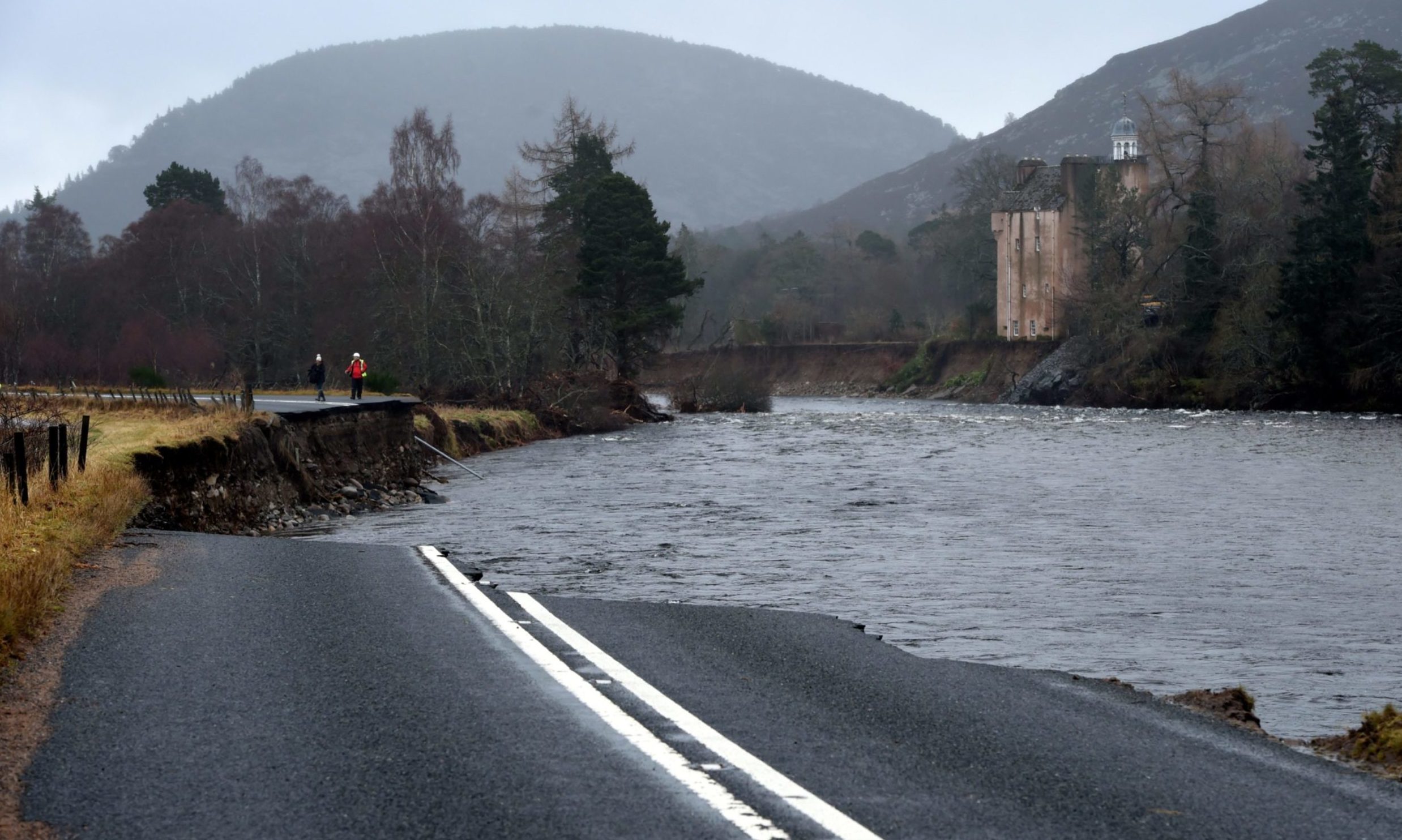
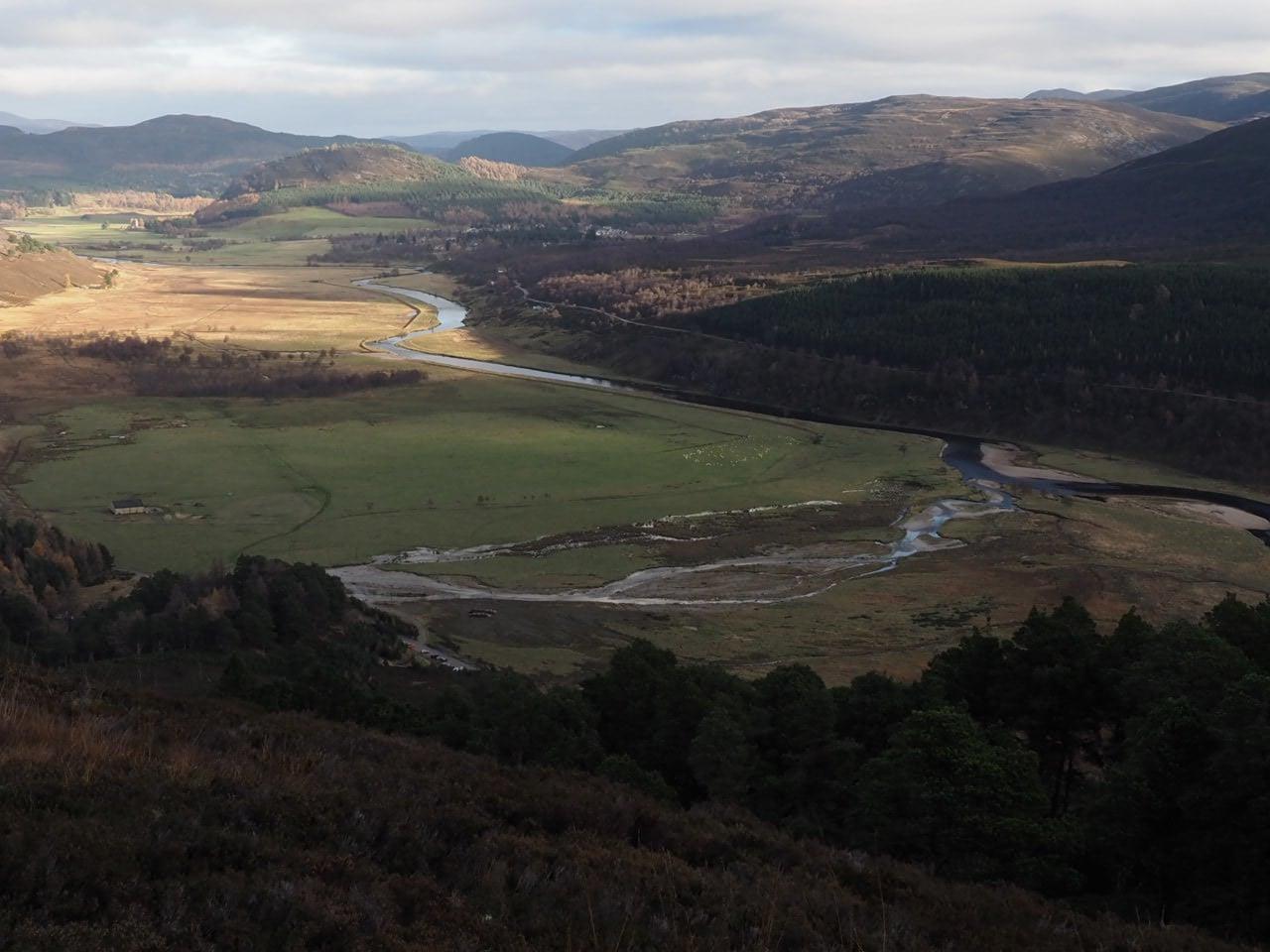

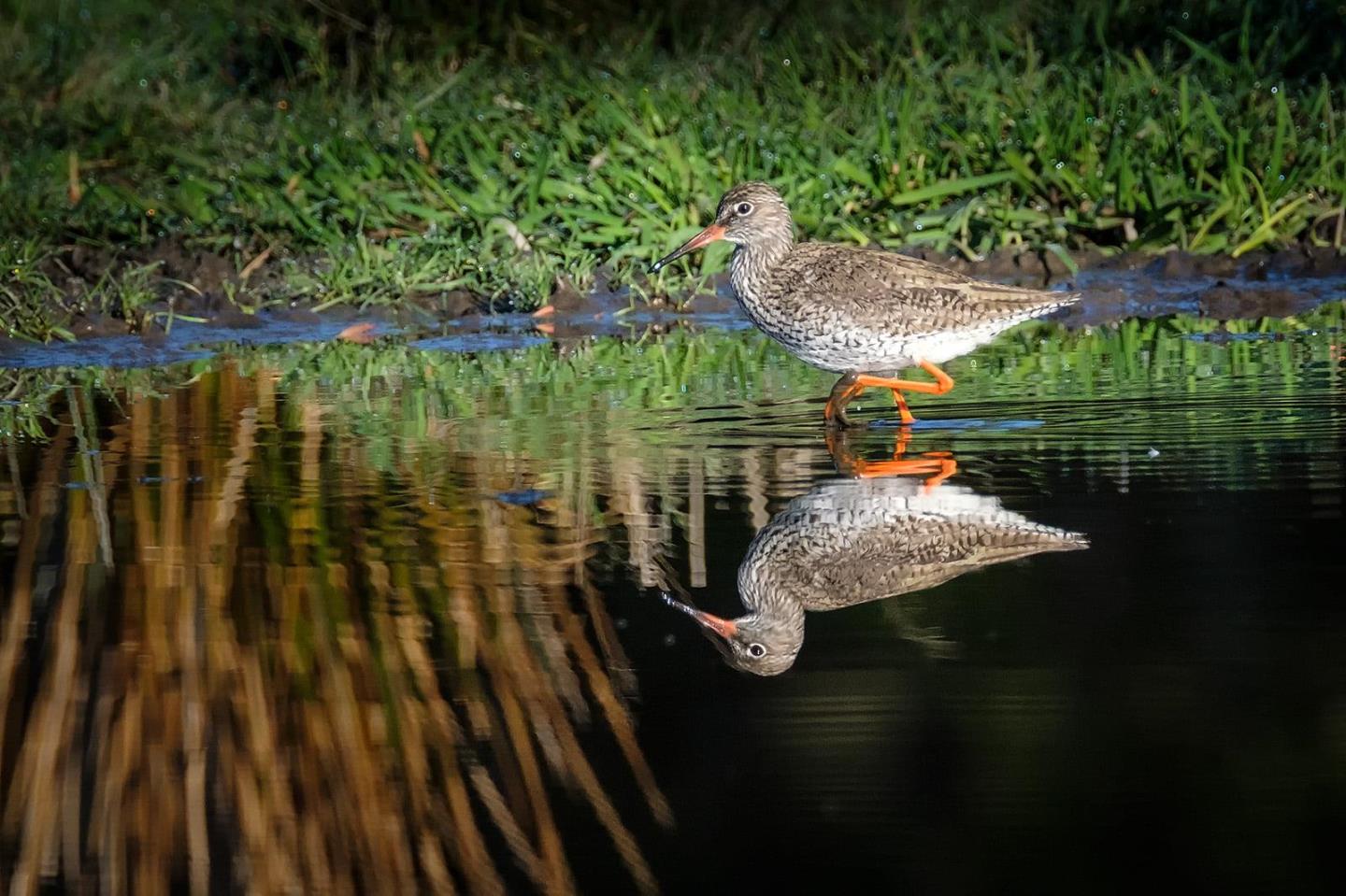
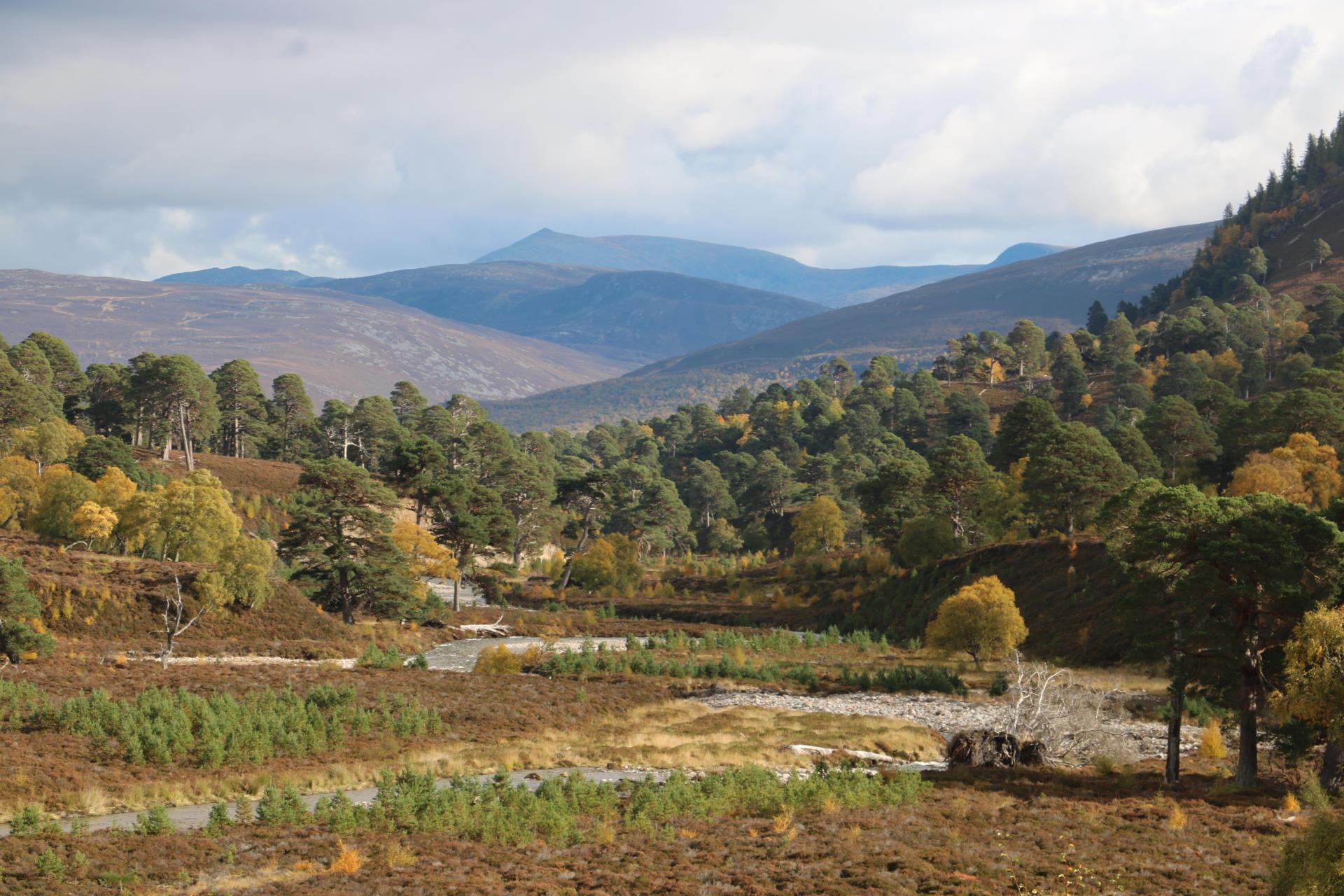
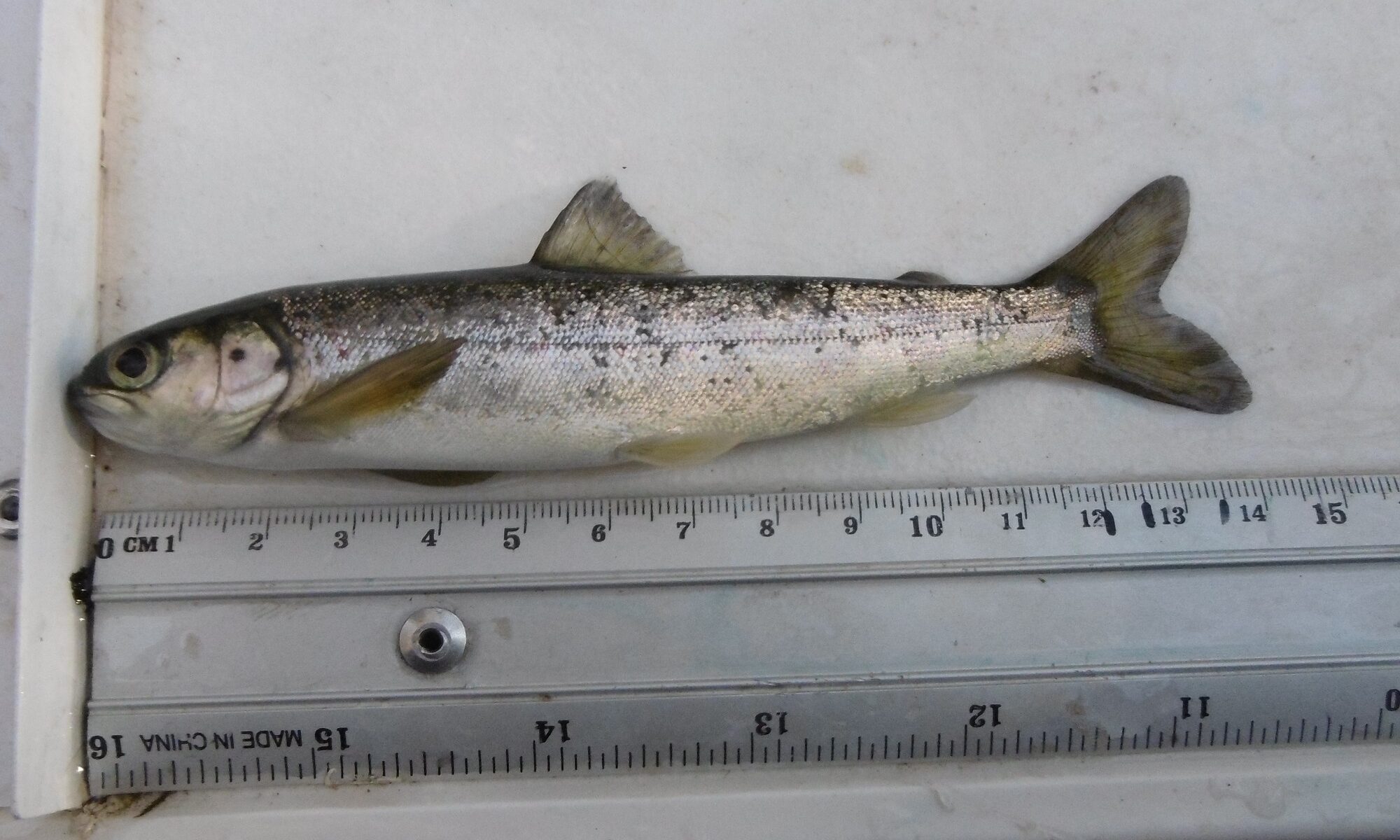
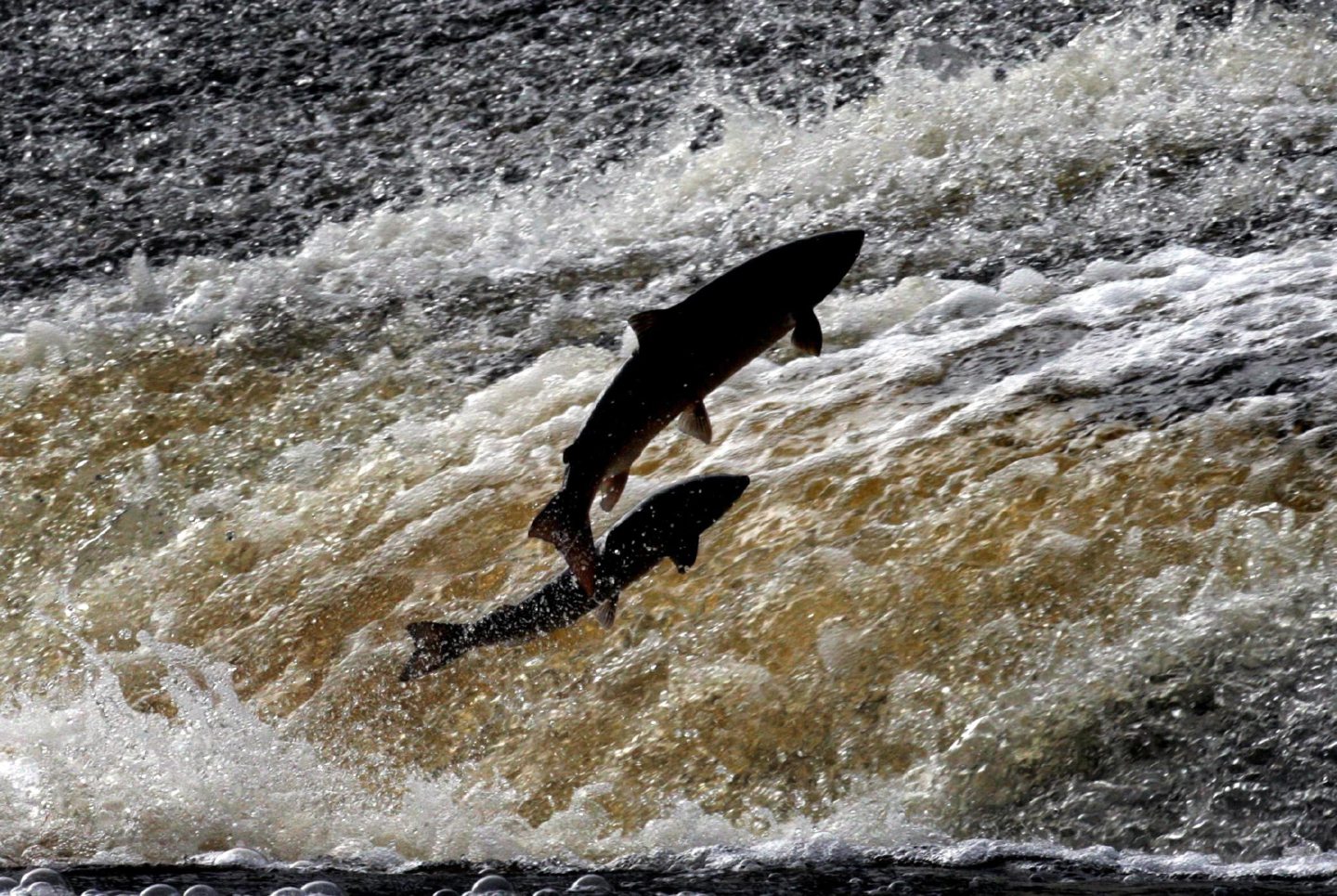
Conversation